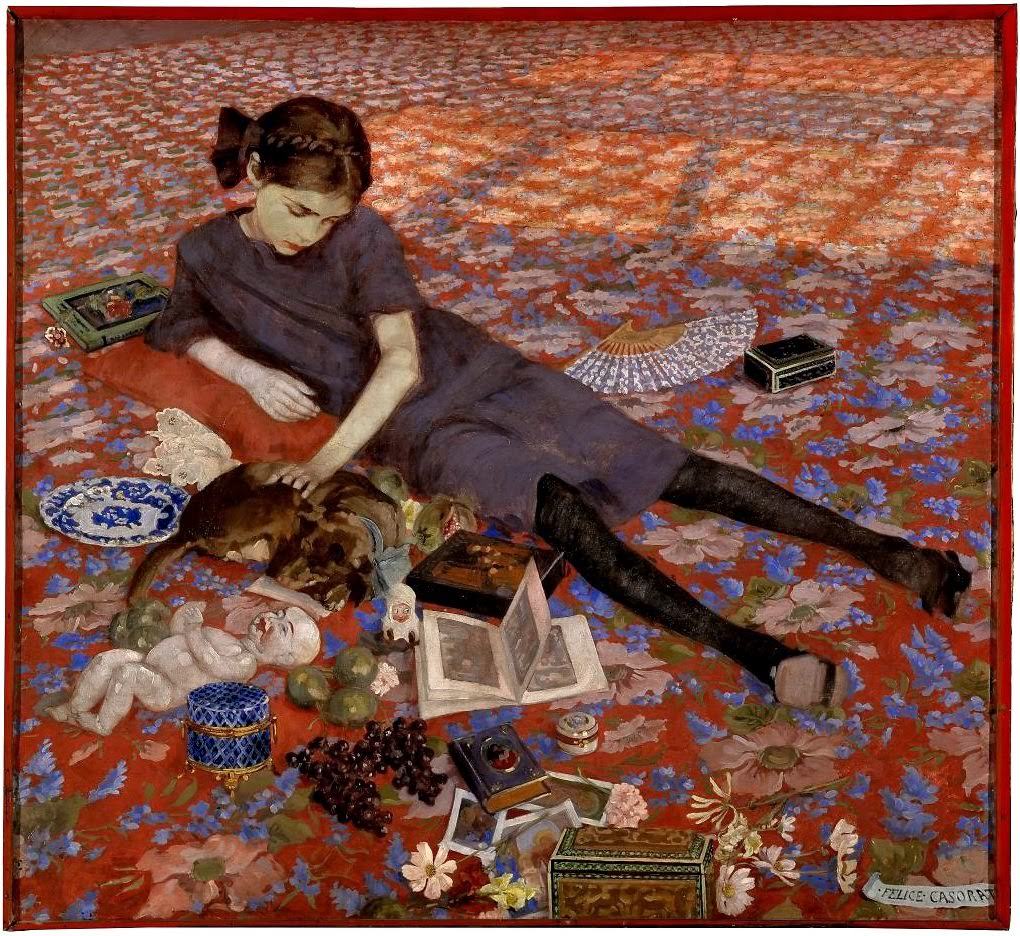centro cultural tina modotti caracas centro cultural tina modotti caracas centro cultural tina modotti caracas centro cultural tina modotti caracas centro cultural tina modotti caracas centro cultural tina modotti caracas centro cultural tina modotti caracas casorati
Felice Casorati (Novara, 1883 – Torino, 1963) è stato un pittore e incisore italiano.
Felice Casorati, Ragazza sul tappeto rosso, 1912
cctm cctm cctm cctm cctm cctm cctm cctm cctm cctm cctm cctm cctm cctm cctm cctm cctm cctm cctm cctm cctm cctm cctm cctm cctm cctm cctm cctm cctm cctm cctm cctm cctm cctm cctm cctm cctm cctm cctm cctm cctm cctm cctm cctm cctm cctm cctm cctm cctm cctm cctm cctm cctm cctm cctm cctm cctm cctm cctm cctm cctm cctm cctm cctm cctm cctm cctm cctm cctm cctm cctm cctm cctm cctm cctm cctm cctm cctm cctm cctm cctm cctm cctm cctm cctm cctm cctm cctm cctm cctm cctm cctm cctm cctm cctm cctm cctm cctm cctm cctm cctm cctm cctm cctm cctm cctm cctm cctm cctm cctm cctm cctm cctm cctm cctm cctm cctm cctm cctm cctm
